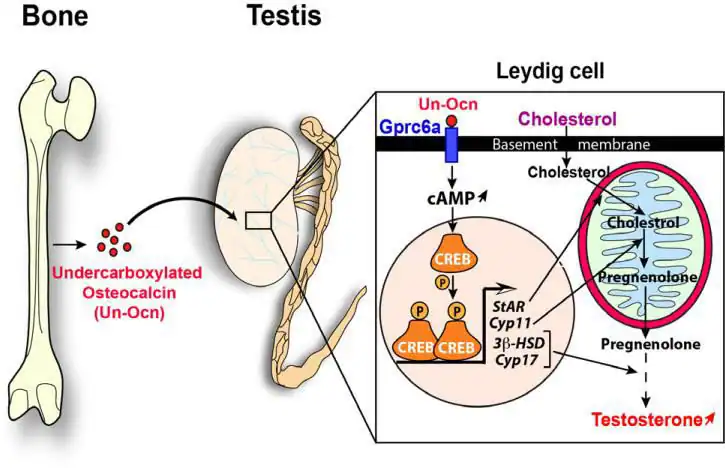
1400 years ago nobody knew that male fertility is linked to bones however it is portrayed in the Quran.
Back then nobody knew that bones affect reproduction. Today we know that this is false; bones do affect fertility.
The skeleton acts as a regulator of fertility in males through a hormone released by bones known as Osteocalcin.

Bones are linked to male fertility. This was known recently, however this was portrayed in the Quran 1400 years before it was discovered.
He was created from gushing water exiting from between the backbone and the breastbones.
٦ خُلِقَ مِنْ مَاءٍ دَافِقٍ
٧ يَخْرُجُ مِنْ بَيْنِ الصُّلْبِ وَالتَّرَائِبِ
The bones are mentioned with male reproduction. Today we know that bones regulate male fertility.
AI Website Maker